Choosing the right brush size can make a world of difference in the quality of your acrylic landscape paintings. As artists, we often focus on techniques, color palettes, and composition, but the brush we select can significantly influence the outcome of our work. In this blog post, we will delve into the importance of brush size, how it impacts your techniques and results, and practical tips for selecting the best brush size for your acrylic landscapes.
1. The Basics of Brush Sizes
Brushes come in various sizes, from tiny detail brushes to large flat brushes designed for sweeping applications. The size of the brush you choose can dictate the level of control you have over your paint application, the textures you can create, and ultimately the overall direction of your artwork.
- Small Brushes (Sizes 0-4): Ideal for intricate work requiring precision, small brushes allow artists to add fine details, such as tiny leaves, delicate flowers, or intricate textures in rocks and clouds. These brushes are perfect for realism and capturing the subtleties of your subject.
- Medium Brushes (Sizes 5-8): Medium brushes offer a balance between detail and coverage. They are versatile enough to handle both fine details and larger strokes, making them great for transitioning areas in your landscapes or adding elements that require a moderate level of detail.
- Large Brushes (Sizes 9 and up): Large brushes are perfect for broader strokes, washes, and quickly covering larger sections of the canvas. They are essential for painting skies and creating the underpainting of your landscapes. Large brushes enhance efficiency when applying backgrounds or working on expansive areas.
Understanding these basic categories will help you choose the right brush sizes for your artistic goals.
2. How Brush Size Impacts Technique
The size of the brush not only changes the coverage area but also influences the techniques you can effectively use in your acrylic landscape painting. Here’s how brush size impacts various techniques:
A. Broad Strokes and Underpainting
When starting your landscape painting, large brushes excel at quickly applying base layers. Using a larger brush allows you to establish the overall shape and composition without getting bogged down in detail. With broad strokes, you can lay down colors for skies, ground, and major elements.
- Technique: A flat or wide brush can be used with a sweeping motion to cover large areas of the canvas. This technique is particularly useful for landscapes where the sky needs to be painted in one cohesive stroke.
B. Detailing and Fine Work
Once the broader strokes are in place, smaller brushes allow for detailed work. With a size 0 or 1 brush, you can create depth in your landscape by adding fine lines for branches, detailed leaf work, or delicate features in water reflections.
- Technique: Use a fine point brush to replicate the subtle intricacies found in nature. When painting flowers or insects, for instance, tiny detailing brushes become crucial for capturing those intricate details.
C. Blending and Soft Transitions
When it comes to blending colors, the right brush size also plays a role. A medium-sized, soft brush can help merge colors smoothly in areas such as a sunset sky while maintaining control over the paint application.
- Technique: Employ circular motions with a medium brush to blend colors seamlessly. This is particularly effective for creating gradients in sunsets or the soft transitions between cloud colors.
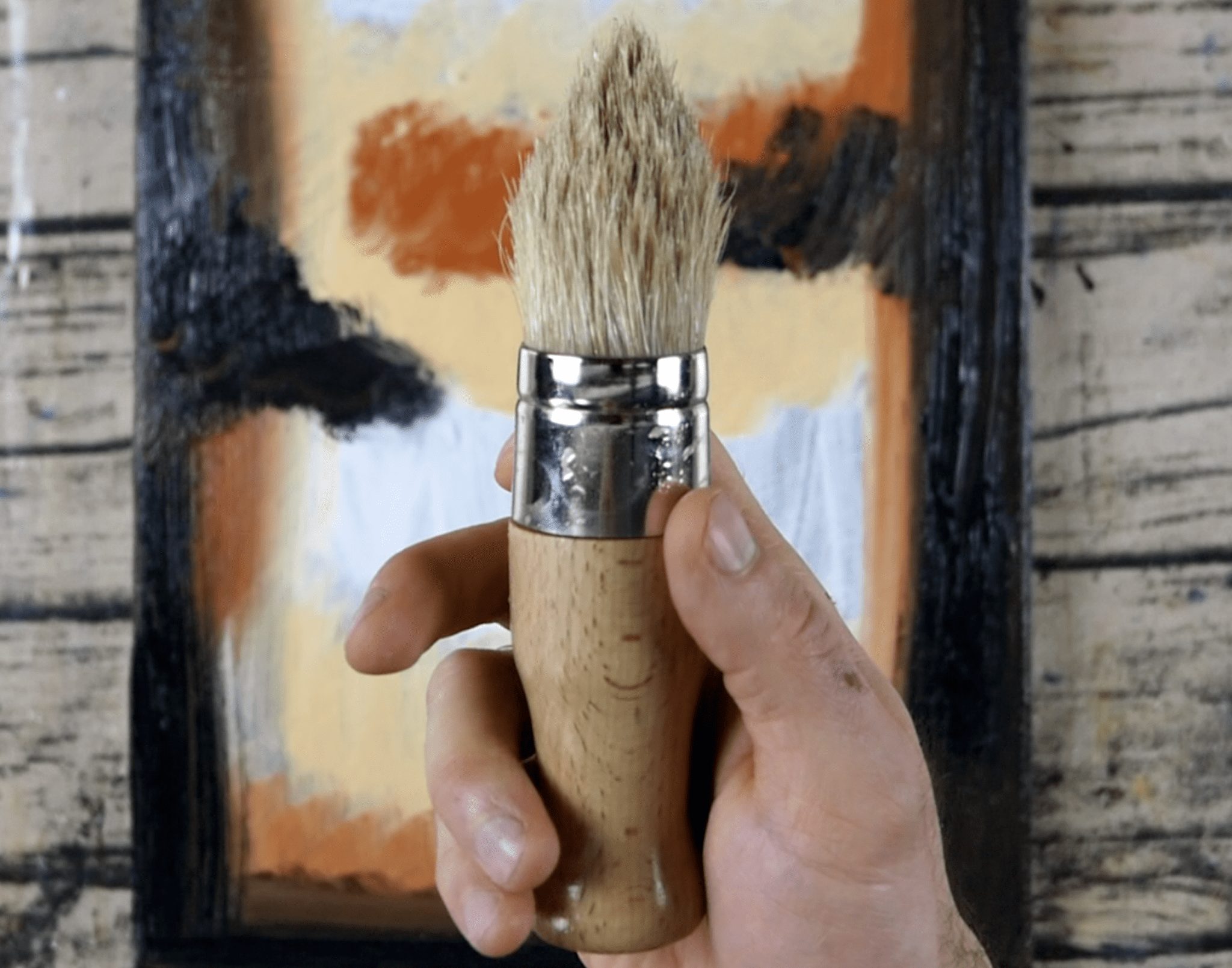
3. The Importance of Experimentation
Every artist has a unique style and approach, which may influence your brush size preferences. Don’t hesitate to experiment with different sizes to discover what works best for you. Here are some tips to help you on your journey:
A. Try Various Techniques
Explore different techniques with various brush sizes in mind. For example, use a large brush for a background wash and then switch to a small brush for detail work, then observe how brush size influences your technique. Experimenting with techniques will help you understand which brush sizes best fit your artistic approach.
B. Create Practice Pieces
Set aside time for practice. Create small, quick paintings using specific brush sizes to see how they affect your overall process. This will also allow you to perfect your techniques before applying them to larger works.
C. Document Your Preferences
As you explore different brush sizes, take notes on what sizes work best for specific elements in your landscapes. Over time, you’ll develop a personal guide that can enhance your future painting sessions.
4. Choosing the Right Brush Size for Different Landscape Elements
Understanding the elements of your landscape can refine how you choose brush sizes to represent them accurately:
A. Clouds and Skies
For painting large expanses of sky, a large flat brush works best to apply a wash of color quickly. If you’re adding clouds, switch to a medium-sized round brush to create soft edges and blend colors. For more detail in fluffy clouds, use a small brush to define the edges.
B. Trees and Foliage
Use a combination of medium and small brushes when painting trees. A medium brush can help create the overall shape while a small brush can add detailed branches and leaves. A fan brush is also fantastic for creating a jagged texture that mimics foliage.
C. Water Elements
Water reflections can require a more delicate touch. Larger brushes can be used initially for the water’s surface, followed by a medium or small brush to provide details such as ripples, reflections, and highlights.
D. Foregrounds and Details
The foreground often requires intricately defined detail. A small brush can add grass blades, rocks, or flowers, helping to create depth and interest right at the viewer’s eye level.
5. The Magic of Mixing Sizes
Using multiple brush sizes in a single piece can lead to dynamic results. The combination of large and small brushes helps to achieve a well-rounded, rich painting that captures both detail and the overall form of the landscape. Additionally, utilizing varying sizes can save time and enhance efficiency.
6. Conclusion: Elevate Your Artistic Practice
Brush size is an often overlooked but crucial factor in achieving stunning landscapes. By understanding how different sizes impact your techniques and results, you can elevate your acrylic paintings to new heights. Be sure to experiment with various sizes to find your ideal combinations, and let your creativity flourish.
At Urart Studio, we aim to empower artists of all levels with valuable resources. Explore our unique selection of brushes and art supplies at urartstudio.com/shop, check out our painting tips at urartstudio.com/painting-tips, and dive into our step-by-step painting instructions at urartstudio.com/step-by-step-painting-instructions. Let’s enhance your artistic journey together!
Keywords: brush size importance, acrylic landscape painting, painting techniques, art supplies, brush selection, painting tips.
#BrushSizeImportance, #AcrylicLandscapePainting, #PaintingTechniques, #ArtSupplies, #BrushSelection, #PaintingTips

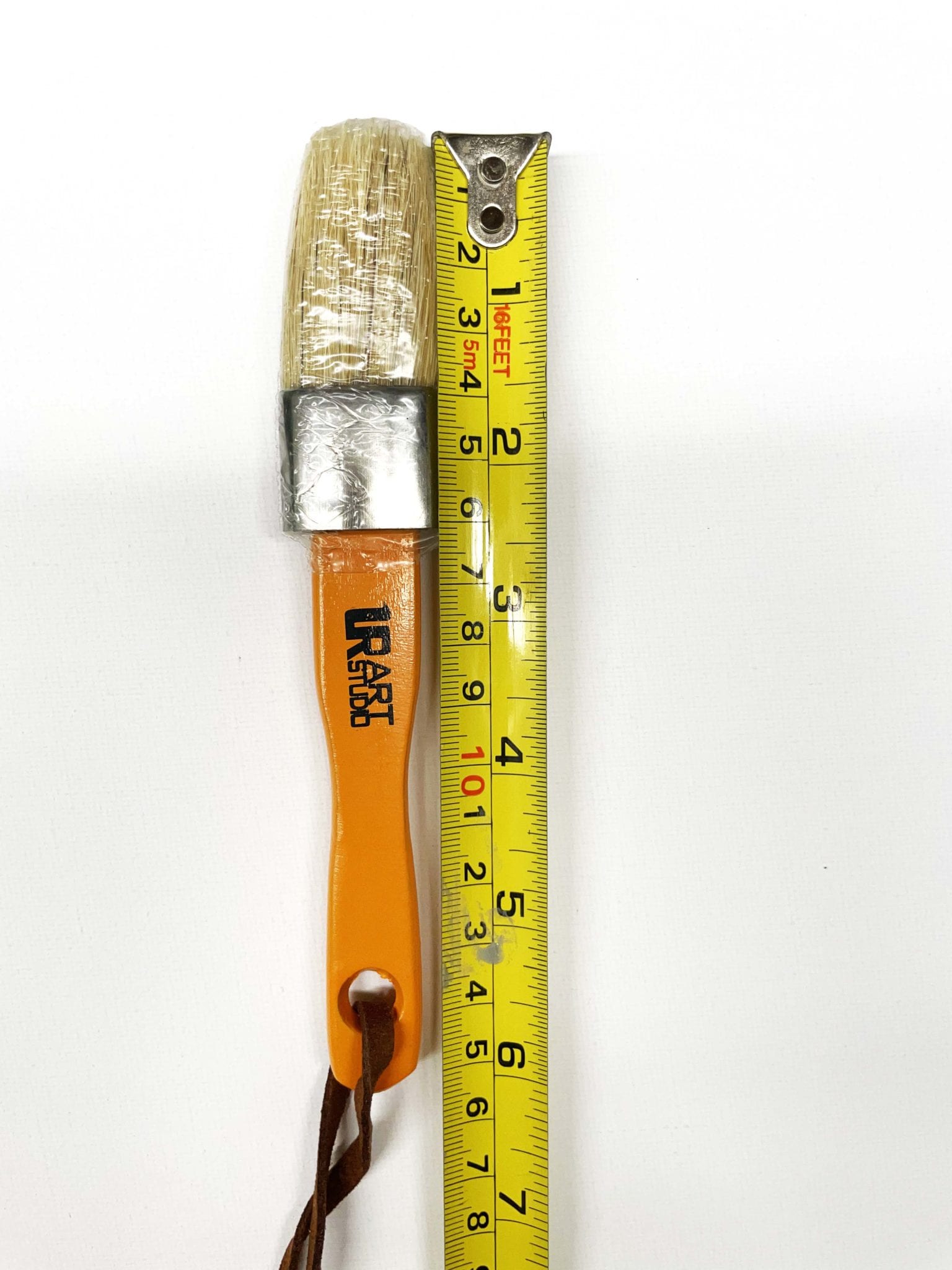
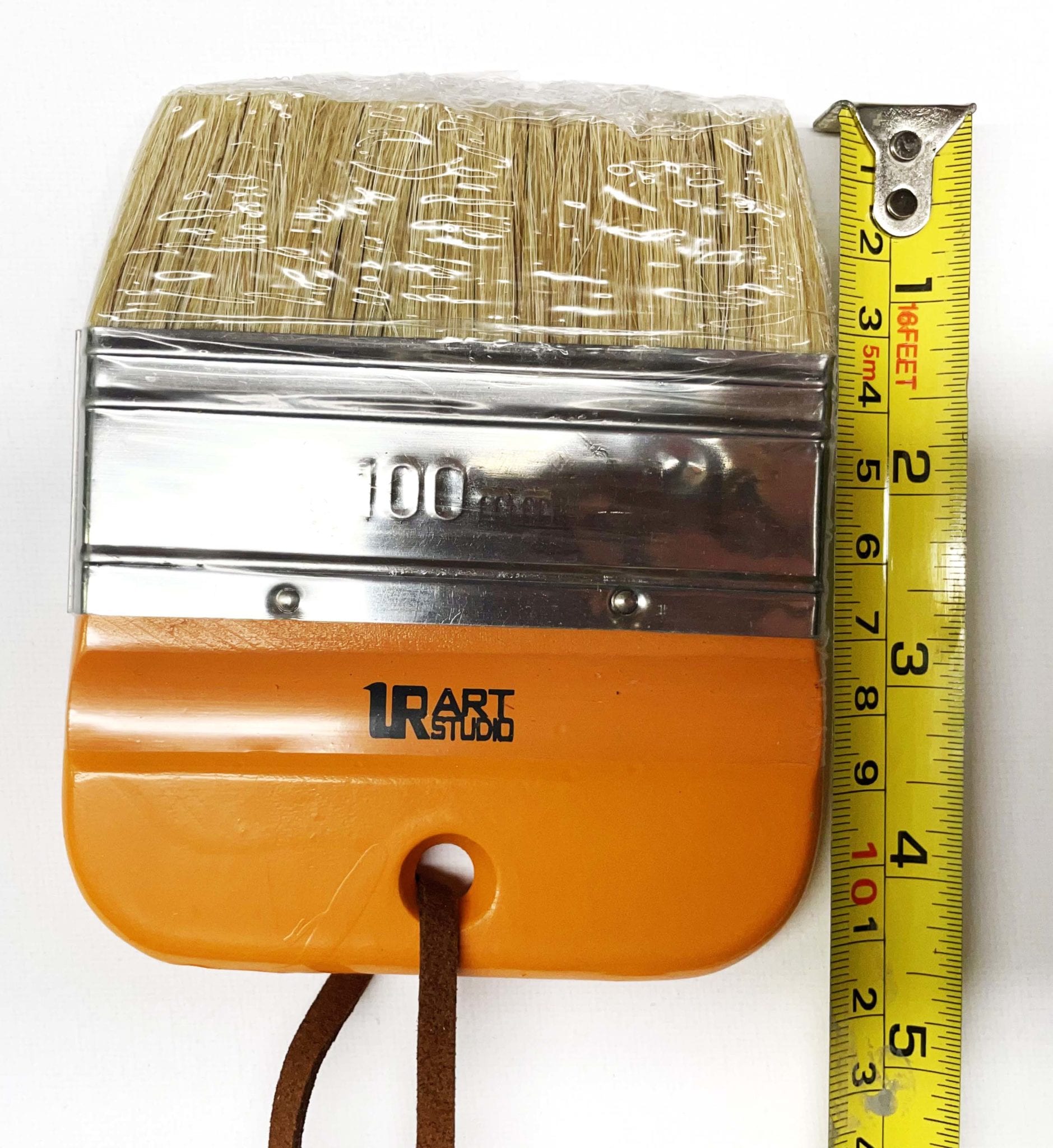
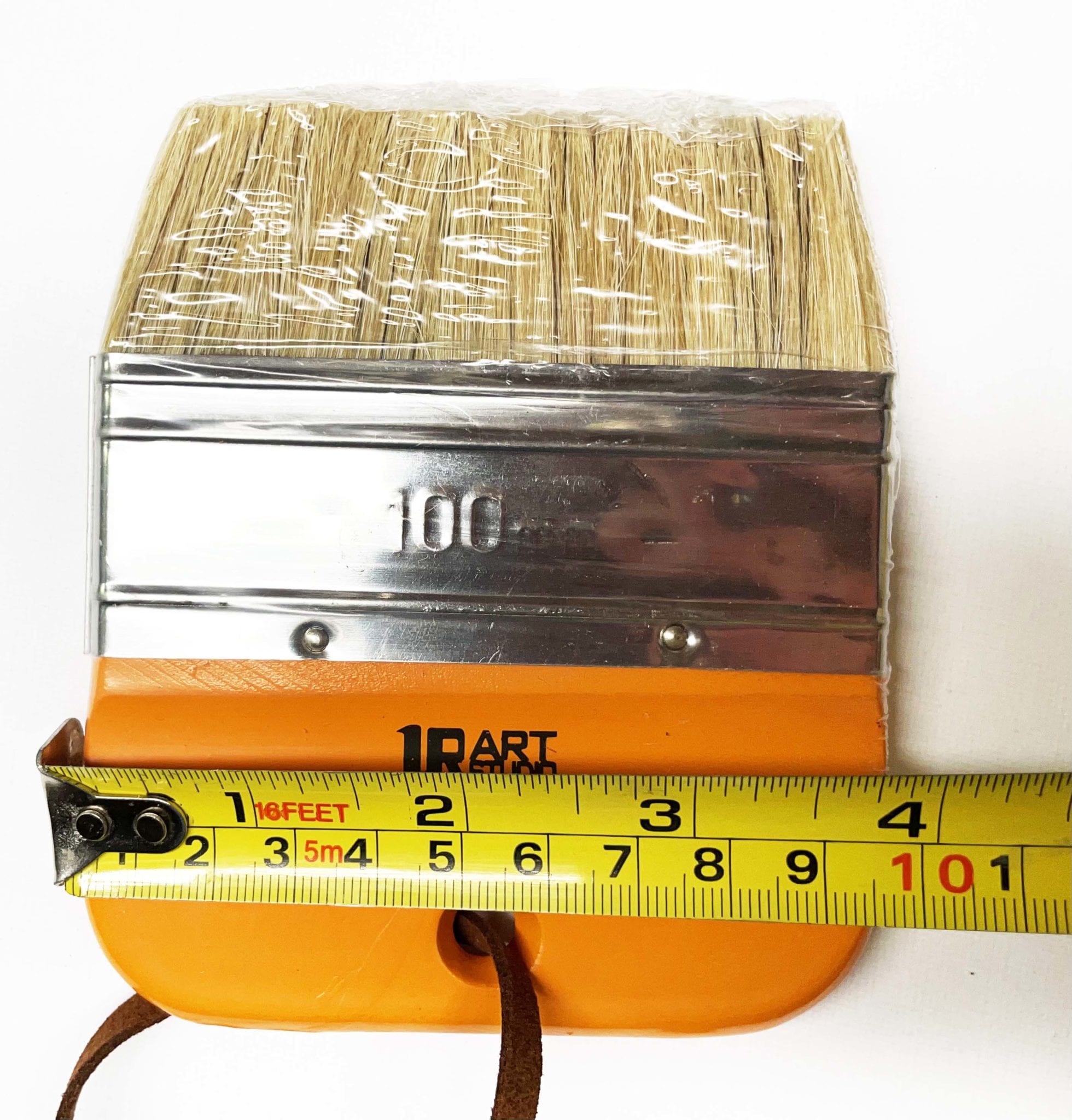
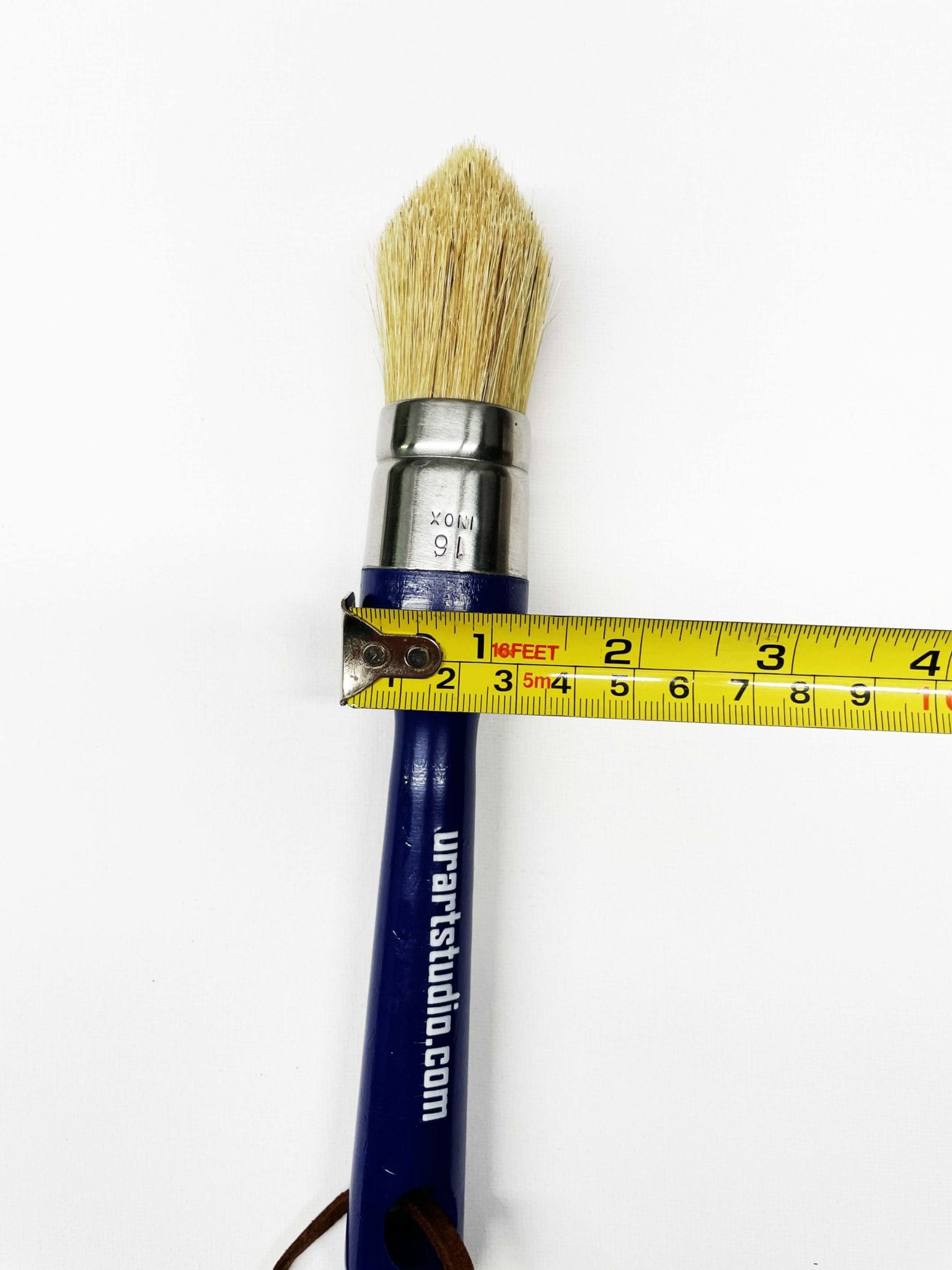



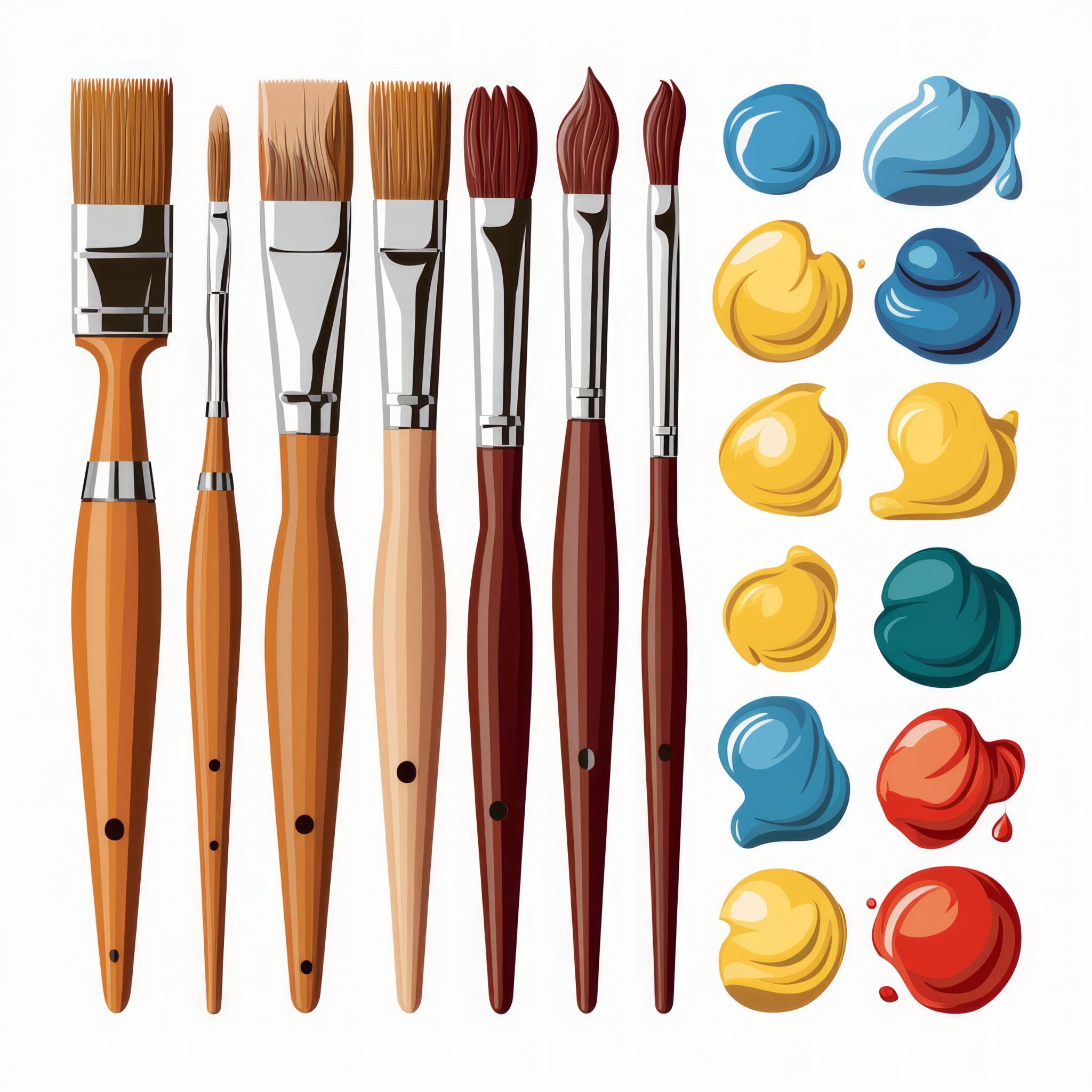
Leave a Reply
You must be logged in to post a comment.